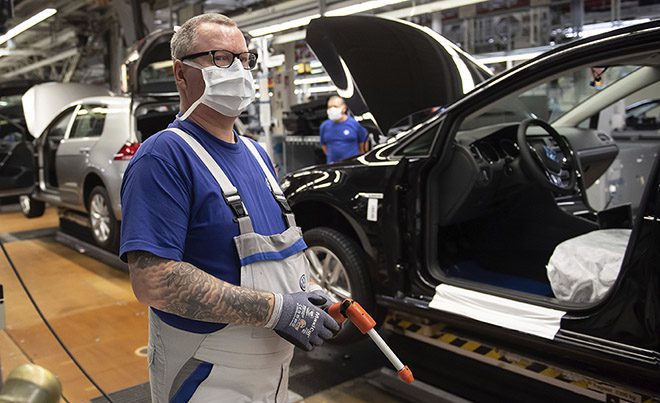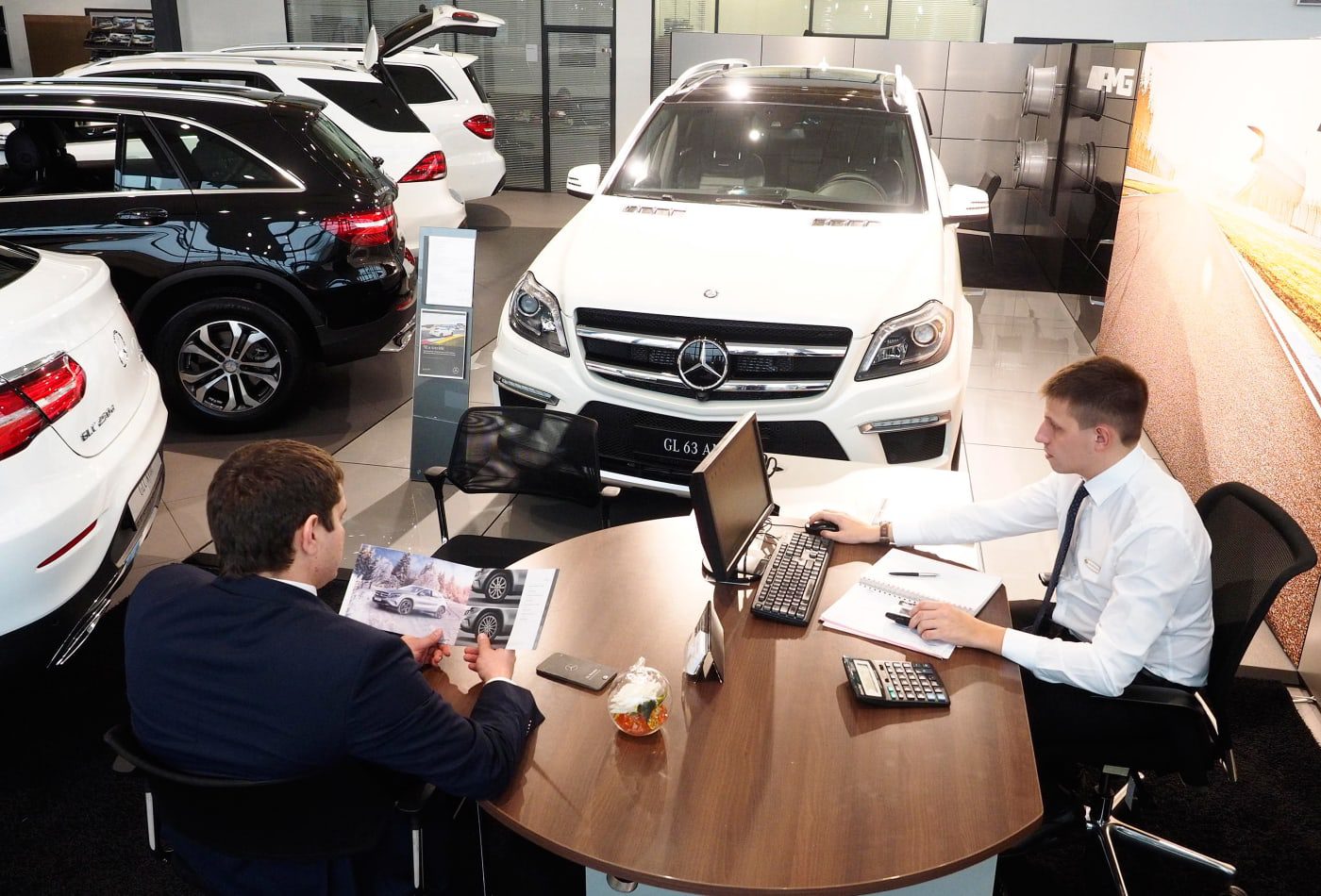

The Employment Situation report released by the Bureau of Labor Statistics from July 2nd spells out a significant increase in employment for June 2020. The news release states that the “total nonfarm payroll employment rose by 4.8 million in June” as the United States continues its COVID-19 pandemic recovery.
The correlating unemployment rate also dropped to 11.1 percent, a decline of 2.2 percent in a single month. It exceeds May’s return to work numbers of 2.7 million going back into the workforce.
Nationally, the unemployment rate spiked in April at 14.7 percent, up 10.3 percent from March 2020, representing the largest jump on record as 23.1 million people were out of work. In just two months, it shows a moderate trend of returning to normal within four to six months.
Data is collected for the Employment Situation report by sector as well. The largest gains were in leisure and hospitality which accounted for nearly two in five people re-entering the workforce. That’s followed by another 740,000 people who gained jobs in the retail trade. 
Dealerships Almost Back to Full Staff
Of the retail jobs in June, 84,000 in the retail trade are employed at “motor vehicle and parts dealers” as detailed in the report. In June 2019, just over 1.3 million people were on staff at automobile dealers. At the height of the pandemic response in April, it was down to just over a million. June states put it back to 1,169,500, over 89 percent of the pre-pandemic employment numbers at dealerships.
Nationwide, dealers are almost back to full staff and able to assist the surge in customers visiting their stores as well as the clients more comfortable using remote sales and services.
If your dealership hasn’t returned to nearly normal staffing, it may be that you’re in a hotspot or an area disproportionately affected economically. Otherwise, you may want to analyze what’s holding you back.
Demand is Returning
The drop in unemployment is good news for the auto retail industry, meaning that customers are once again leaving their homes and driving to their workplace. Car use is increasing and service business will also jump as a consequence. Steady employment is bringing customers back online for their car purchases.
Reconnecting with clients who are going back to work should be a priority for dealerships, reminding them that the service and sales departments are available for their needs. While spending may be suppressed for the next few months, both the service department and the sales floor should be trending towards their pre-pandemic targets for the second half of 2020.
Special Financing Potential is High
The economic recovery from COVID-19 will be tempered by flare-ups and hotspots it appears. Sudden joblessness has impacted millions of Americans who may have defaulted on loans or uncharacteristically missed payments on credit. This will certainly drive demand for special financing as lenders view car loans as higher risk.
Strengthen your dealership’s partnership with special financing lenders to ensure your customers have access to borrow the money needed for their car purchase. If you don’t already have it in place, establish financing options for service work also to help alleviate cashflow issues for your customers who need critical maintenance and repairs completed.
The job report for June 2020 is positive. Barring a serious resurgence in the nation, it appears that we can expect future months to trend the same as America goes back to work. Ensure your dealership is prepared to handle the financial implications tied to COVID unemployment.
Did you enjoy this article from Jason Unrau? Read other articles from him here.
Car Biz Today, the official resource of the retail automotive industry.


While you’re here, don’t forget to subscribe to our email newsletter for all the latest auto industry news from CBT News.







